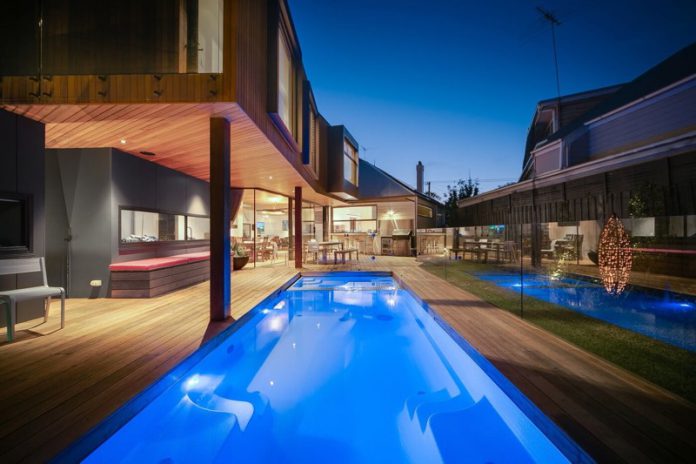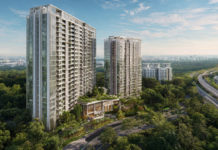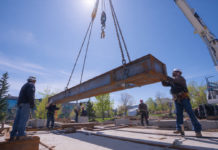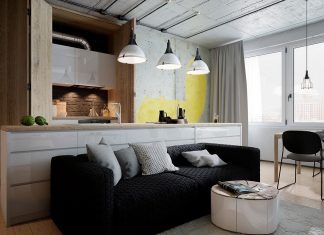Are you considering making your backyard the perfect summer hangout spot with a swimming pool? Pool installation Melbourne is an exciting opportunity to create an inviting, family-friendly space. But before you begin planning, it’s important to know and understand the regulations from local authorities when installing a pool in Melbourne. This blog post will give insight into the types of permits, inspections and laws that need to be adhered to for proper and safe pool installation here. Learn about what processes need to be followed so that your new oasis can provide hours of fun in complete safety!
Pool fencing laws in Melbourne
Pool fencing laws in Melbourne are designed to keep children safe around the pool. The Victorian Building Authority (VBA) sets the minimum standards for pool fences, including height and spacing between bars or rails. In Melbourne, all swimming pools must be fenced so that a child cannot gain access without an adult present. The required height of a pool fence is at least 1.2 meters with no gaps more than 10cm apart. All gates must be self-closing and self-latching devices should be fitted to gates to ensure they close automatically, as well as being just out of reach of small children. Barriers should also be used along balconies and stairs leading up to the pool area, as these are potential entry points for kids who can climb or jump over. Additionally, vertical elements such as poles and balustrades should also have a gap between them of a maximum of 10cm at any point where children could potentially fit through or use them to climb over the fence. These regulations help protect children from drowning or serious injury in or around swimming pools in Melbourne. They were established after years of research into the best ways to maintain safety for people using the pool and the surrounding areas, with a particular focus on small children who may not know any better when it comes to safety near water sources. It is therefore essential that all swimming pools meet these standards before being made available for general use by people in Melbourne.
What you need to consider before installing a pool in Melbourne
Before installing a pool, there are several important considerations to take into account. First and foremost, homeowners should make sure they have the financial resources to cover the cost of constructing and maintaining the pool over its lifetime. The total costs can vary widely depending on the type of pool chosen, with above-ground pools requiring less initial investment but also having shorter lifespans than in-ground pools. Property owners should also consider whether their backyard is large enough for a pool, as well as any zoning or insurance restrictions that may exist in their area. In addition to these practical considerations, those installing a pool must ensure appropriate safety measures are taken. A home pool can be an inviting source of fun and recreation if built with proper fencing and barriers to prevent accidents involving young children or non-swimmers. Furthermore, those building a pool should think ahead about the maintenance needed to keep it clean and safe over time: regular water testing and adequate filtration equipment must be regularly used to maintain pH levels and clarity of the water. Finally, property owners should consider how much additional energy use comes along with running pumps and filters associated with swimming pools. With all these factors in mind, homeowners can make an informed decision about whether installing a pool would be right for them.
Pool planning permit requirements Melbourne
If you’re planning to build a pool in Melbourne, there are certain requirements that you need to meet before you can obtain a planning permit. Generally speaking, any proposed pool must satisfy the relevant provisions of the Building Regulations 2006 and the relevant local council’s requirements. Such regulations dictate that all pools must be designed and built to comply with safety standards, as well as provide adequate protection from potential hazards such as unsupervised access by children or injury due to slipping and falling on wet surfaces.
In addition to meeting these regulations, applicants for a pool-building permit will also need to consider the applicable local government restrictions and guidelines. These include ensuring that your pool does not encroach onto public land or obstruct public views; satisfying minimum depth requirements for swimming pools; respecting any applicable setback distances from dwellings; and complying with any Heritage Overlay Areas or Environmental Significance Overlays in your area. In some cases, an application may need to be made to Place Management Victoria if your proposed pool location is within a heritage precinct.
Applicants may also need additional permits or approvals depending on their specific circumstances. This could include water use permits if the pool is connected to drinking water supplies, or electrical safety checks if it requires electrical connections. Depending on where your property is located, you may also require further approvals such as a Floodways Overlay Permit, Vegetation Protection Order compliance or Floodway Development Plan endorsement. Finally, when applying for your planning permit, you may need certifications from professional engineers and other consultants such as town planners or landscape architects depending on the complexity of the project at hand.
Pool safety signage requirements Melbourne
In Melbourne, pool safety signage requirements must be complied with to ensure the safety and well-being of all patrons. Signs must be prominently displayed in a manner that is visible from the pool area and must include, but is not limited to, signs that warn of the dangers of diving into shallow water; signs that remind swimmers to obey any posted rules or instructions; signs indicating the minimum age for unsupervised swimming; signs cautioning against running on wet surfaces; as well as signs reminding swimmers not to swim alone. Furthermore, these safety signage requirements are enforced by local authorities through regular inspections and enforcement action if necessary.
Conclusion
Planning and safety laws are important for the installation of any pool in Melbourne. These laws help to ensure that the pool is installed safely and correctly so that it can be enjoyed by all who use it. Swimming pools should be a fun and safe place for everyone, so it is important to follow these laws when installing your pool. For more information on melbourne fibreglass pools installations in Melbourne, contact the professionals at Melbourne Fibreglass Pool Company.















